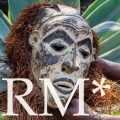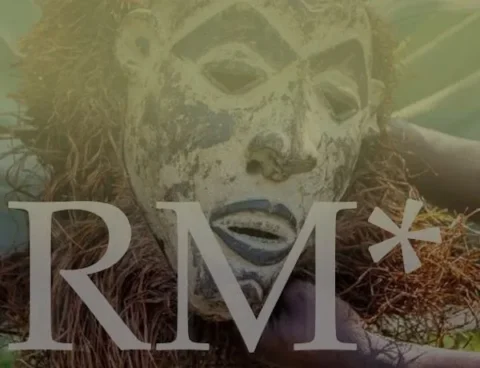Looting leads to more than material loss.
While most attention nowadays goes to objects classified as ‘ethnographic’, historic, and cultural artefacts, loss in a colonial context also included the remains of ancestors, manuscripts, archives, commercial wares, mineralogical samples, as well as land and livelihoods.
The Holocaust almost entirely wiped out the rich abundance and variegated landscape of Jewish life in Europe along with its diverse material cultures.
If we want to address these larger histories of loss, we should shift our focus from what is left in present-day museum collections to what was lost.
The phrase ‘what was lost’ is productive in three ways.
- Firstly, by focusing on ‘what was lost’ we can address the impact of loss beyond the material, also creating space for the significance of objects for fundamental human values.
- Secondly, the phrase necessarily provokes the question ‘what’s lost for whom’, thereby invoking a social provenance research approach.
- Finally, by asking ‘what was lost’ we can also address the experience and feelings of loss – expressed through objects and restitution claims – and how they evolved over time.
Leah Niederhausen and Klaas Stutje offer several examples.


